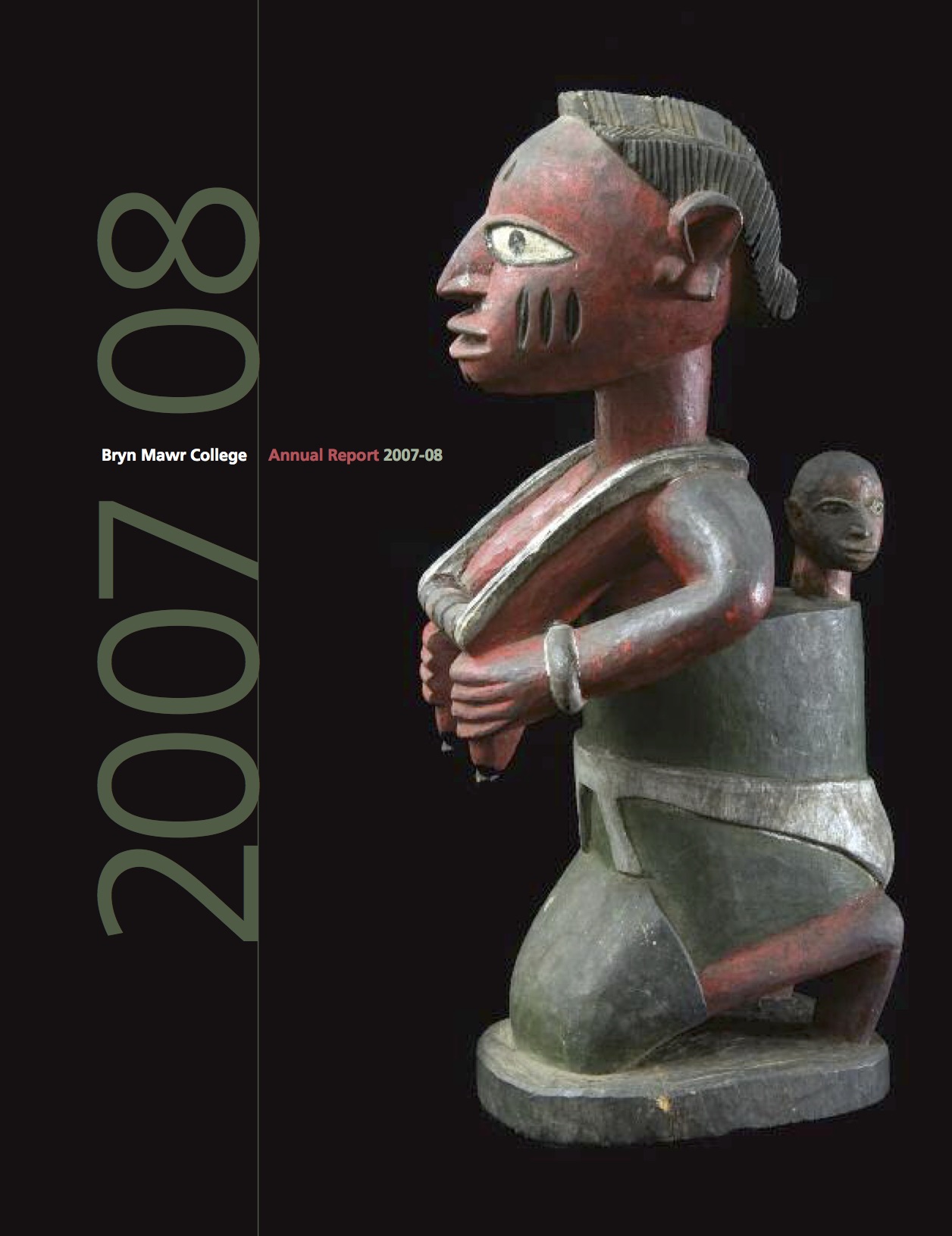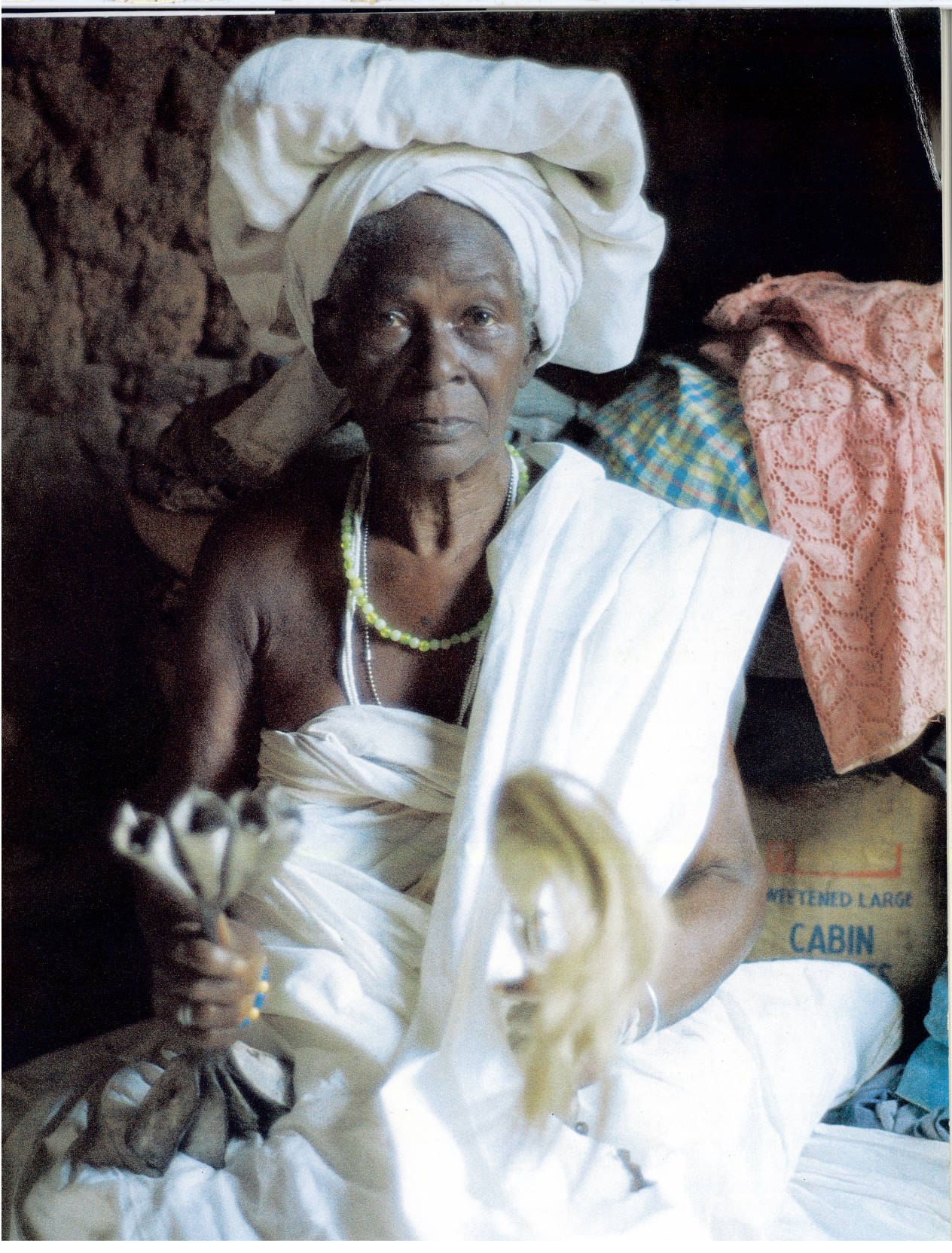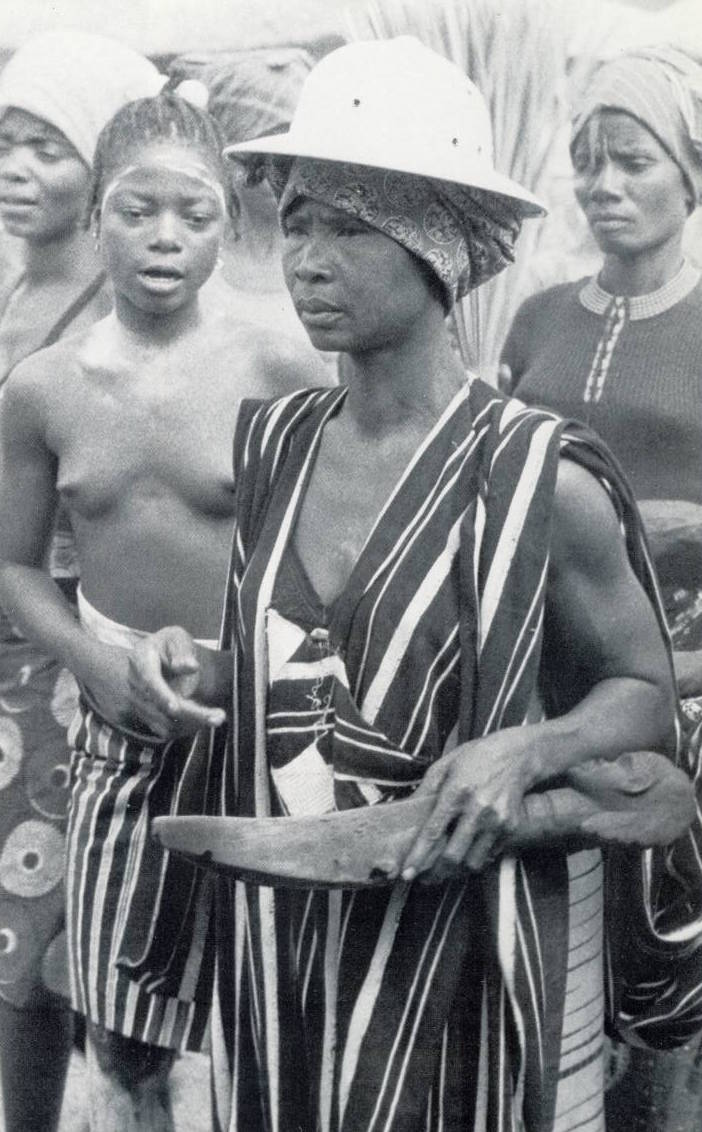360 Reflection
By nkechiDecember 16, 2016 - 12:57

i've been avoiding this.
where you were when we began this 360° process, where you are now, and what’s been happening in between. How-and-what have you been learning? Where do you think that the edges of your learning now lie? In what ways has your understanding been expanded, challenged, or complexified in this 360°? Be sure to include reflections on the degree of your critical, active engagement with the portion of the cluster devoted to the creation of our exhibit.







